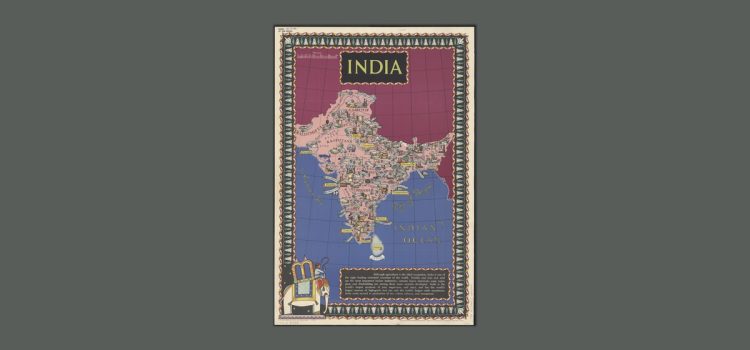

This article is an excerpt from the Shortform book guide to "The Story of My Experiments with Truth" by Mahatma Gandhi. Shortform has the world's best summaries and analyses of books you should be reading.
Like this article? Sign up for a free trial here.
What motivated Gandhi to propose the non-cooperation movement? How did this strategy aim to unite different religious groups against British rule?
Mahatma Gandhi’s non-cooperation movement emerged from a meeting of religious leaders in 1920. It encouraged people to reject and boycott British government rules. The movement aimed to address both the Khilafat question and the broader struggle for Indian self-governance.
Read on to discover how Gandhi’s innovative approach to resistance shaped India’s fight for independence and influenced interfaith relations.
Gandhi’s Non-Cooperation Movement
Mahatma Gandhi’s non-cooperation movement was born out of a gathering of Hindu and Muslim leaders in Delhi in 1920. Non-cooperation was a form of satyagraha that focused on rejecting and boycotting the rules that the British government imposed.
(Shortform note: Non-cooperation is different from other forms of satyagraha because it aims to boycott the government at every opportunity. It encourages rejecting every government-mandated system from public schooling to curfews. Other non-violent resistance movements Gandhi led focused on specific unjust laws, such as the unfair tax scheme in the Kheda Satyagraha.)
The gathering where Gandhi came up with the term “non-cooperation” was focused on discussing how both religious groups might respond to a divisive policy announced by the British Empire, which Gandhi refers to as “the Khilafat question.”
(Shortform note: The Khilafat movement was a political campaign by Muslims in India against the British Empire’s planned dismemberment of the Ottoman Empire—a majority Muslim empire—post-World War I. The movement aimed to protect the caliphate, a religious authority for Muslims within and outside the Ottoman and British Empires. Gandhi supported the movement to address the Muslim population’s grievances and oppose British imperialism.)
During this gathering, Gandhi proposed non-cooperation as a way to exert pressure on the British Empire. He believed it would achieve two aims:
- Send a message of opposition to the British government without using violence
- Unite Muslims and Hindus since both groups had separate grievances with the British Empire but would act together to oppose it
As a result of Gandhi’s advocacy, the Indian National Congress agreed to support the Khilafat movement through non-cooperation. Gandhi says this was an important step toward Hindu-Muslim unity and to the struggle for Swaraj, the self-government of India. However, many of his followers criticized him for investing so much effort into Hindu-Muslim unity.
| Other Criticisms Against the Khilafat Movement The Khilafat movement is a contentious part of Gandhi’s legacy. Some critics argue that by encouraging the movement, Gandhi fostered religious divisions rather than unity. Before the movement, secular Indian politicians found ways for Hindus and Muslims to put aside their religious differences and focus on shared political aims. But when Gandhi traveled around India encouraging Indian Muslims to join the Khilafat movement, he brought religious concerns to the forefront. As a result, secular Indian politicians lost popularity, and their efforts to unite both groups around political issues fizzled out. The movement became a symbol of the differences between both populations. These divisions led to the 1974 partition of India and the creation of Pakistan as a homeland for Muslims. |

———End of Preview———
Like what you just read? Read the rest of the world's best book summary and analysis of Mahatma Gandhi's "The Story of My Experiments with Truth" at Shortform.
Here's what you'll find in our full The Story of My Experiments with Truth summary:
- Gandhi’s life story from childhood until adulthood
- How Gandhi became a world-famous activist
- A look at Gandhi’s commitment to a nonviolent, austere lifestyle






